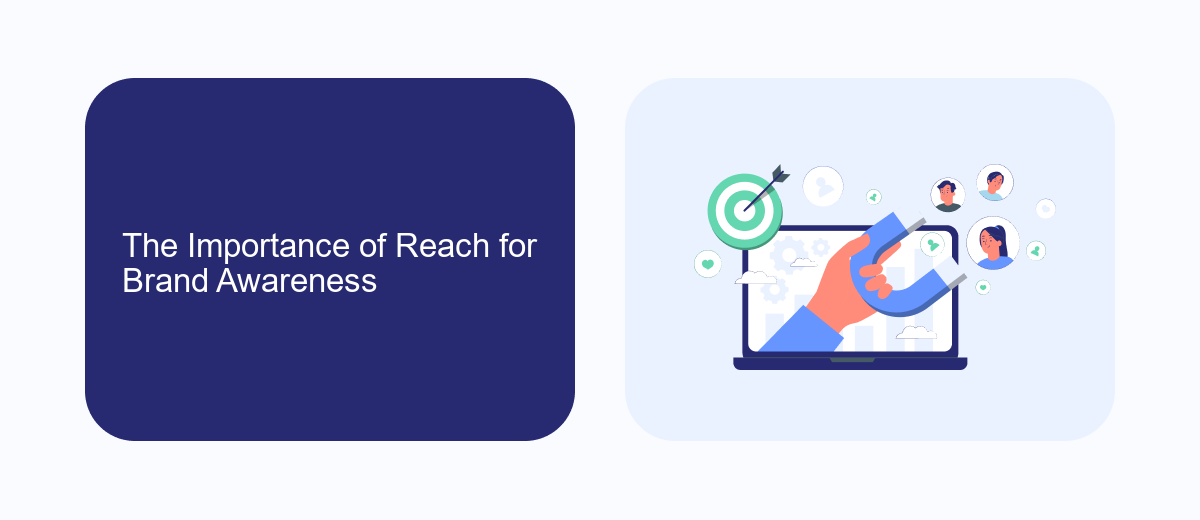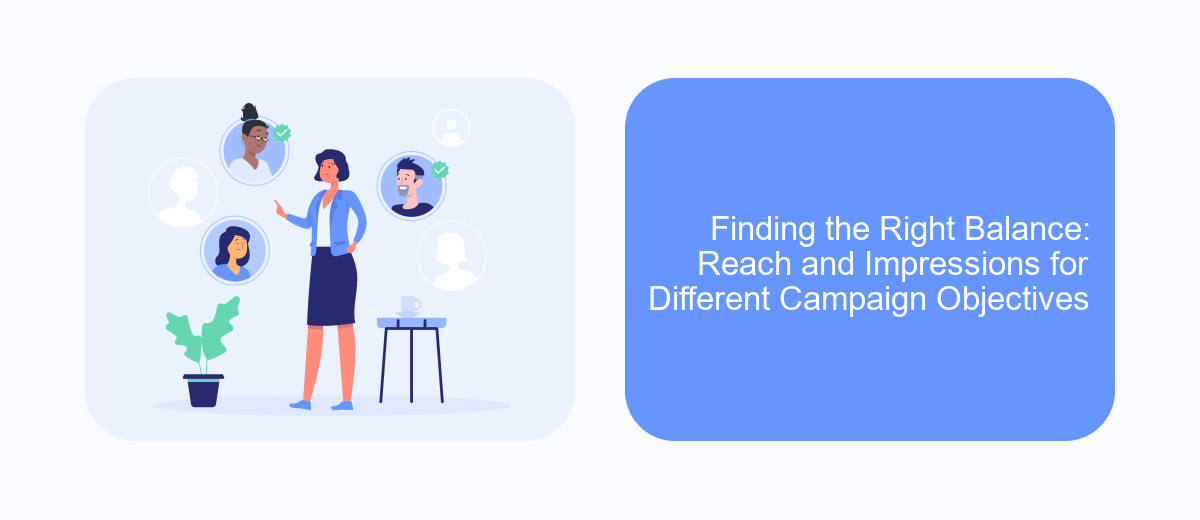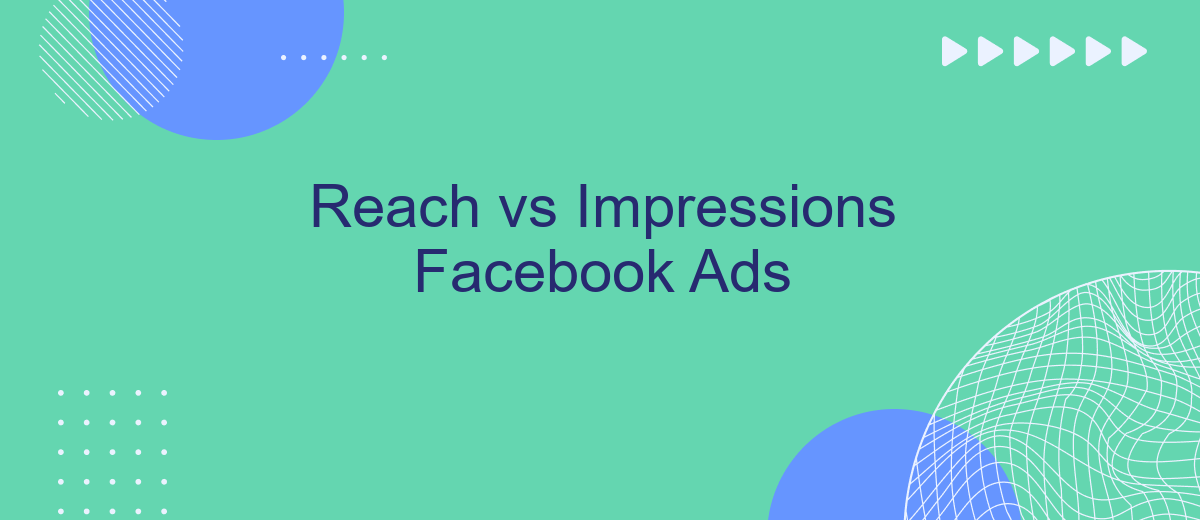In the ever-evolving landscape of digital marketing, understanding the metrics that drive successful campaigns is crucial. Two key metrics often discussed in the realm of Facebook Ads are reach and impressions. While they may seem similar, they serve distinct purposes in measuring ad performance. This article delves into the differences between reach and impressions, and how they can impact your advertising strategy.
Understanding the Difference: Reach vs. Impressions
In the realm of Facebook Ads, understanding the distinction between reach and impressions is crucial for optimizing your advertising strategy. Reach refers to the total number of unique users who have seen your ad. It measures how many different individuals your ad has reached, providing insight into the breadth of your audience exposure.
- Reach: The count of unique users who view your ad at least once.
- Impressions: The total number of times your ad is displayed, regardless of whether it was clicked or not.
- Frequency: The average number of times each person sees your ad, calculated by dividing impressions by reach.
While reach gives you a sense of how many potential customers are aware of your brand, impressions indicate how often your ad is being viewed. A higher number of impressions compared to reach suggests that some users are seeing your ad multiple times. Balancing these metrics is essential for achieving effective ad frequency without overwhelming your audience.
The Importance of Reach for Brand Awareness

In the realm of digital marketing, reach plays a pivotal role in building brand awareness. Reach refers to the number of unique users who see your content, and it serves as a fundamental metric for assessing the potential audience size for your brand message. A higher reach means a larger audience is exposed to your brand, increasing the likelihood of recognition and recall. This exposure is crucial for emerging brands aiming to establish a foothold in competitive markets, as it enables them to introduce their products or services to a broad audience effectively.
Effective reach can be enhanced through strategic ad placements and the use of integration tools like SaveMyLeads, which can automate the process of capturing and nurturing leads from Facebook Ads. By streamlining these processes, businesses can focus more on crafting engaging content and less on manual data management. Ultimately, maximizing reach not only amplifies brand visibility but also lays the groundwork for building a loyal customer base, as more people become familiar with and trust your brand over time.
Leveraging Impressions for Increased Frequency and Recall

Impressions in Facebook Ads play a vital role in enhancing the frequency and recall of your campaigns. By focusing on impressions, advertisers can ensure that their message is consistently delivered to their target audience, thereby increasing the likelihood of brand recall. This approach not only reinforces brand messaging but also helps in maintaining top-of-mind awareness among consumers.
- Set a clear objective: Determine whether your goal is to boost brand awareness or drive conversions, as this will guide your focus on impressions.
- Optimize ad placement: Utilize Facebook’s diverse ad placements to maximize the number of impressions across different platforms and devices.
- Monitor frequency: Keep track of the frequency to ensure that your ads are being displayed the optimal number of times to avoid ad fatigue.
By strategically leveraging impressions, advertisers can create a more memorable and impactful presence in the minds of their audience. This repeated exposure helps to build familiarity and trust, ultimately leading to improved brand recall and a higher likelihood of consumer engagement. Tailoring your ad strategy to focus on impressions can thus be a powerful tool in achieving your marketing objectives.
Finding the Right Balance: Reach and Impressions for Different Campaign Objectives

When planning a Facebook Ads campaign, understanding the balance between reach and impressions is crucial. Reach refers to the number of unique users who see your ad, while impressions count the total number of times your ad is displayed, including multiple views by the same user. The right balance depends on your campaign objectives.
For brand awareness campaigns, maximizing reach is often more important. You want as many unique users as possible to become aware of your brand. On the other hand, if you're focusing on driving engagement or conversions, impressions might take precedence, as repeated exposure can reinforce your message and prompt action.
- Brand Awareness: Prioritize reach to introduce your brand to a broader audience.
- Engagement: Balance reach and impressions to encourage interaction with your content.
- Conversions: Focus on impressions to repeatedly engage potential customers.
Ultimately, the key is to align your reach and impressions strategy with your specific campaign goals. By doing so, you can optimize your Facebook Ads to effectively target and engage your desired audience, ensuring that your advertising efforts yield the best possible results.


Measuring and Optimizing Your Facebook Ads for Reach and Impressions
To effectively measure and optimize your Facebook Ads for reach and impressions, it's crucial to understand the difference between these metrics. Reach refers to the number of unique users who see your ad, while impressions indicate the total number of times your ad is displayed, regardless of whether it was viewed by the same user multiple times. Analyzing these metrics can help you assess the effectiveness of your campaign in terms of audience engagement and frequency. By regularly monitoring these figures, you can adjust your ad targeting and budget allocation to maximize exposure and engagement.
Optimizing your Facebook Ads involves a strategic approach to targeting and creative content. Utilize tools like Facebook's Audience Insights to refine your target audience based on demographics, interests, and behaviors. Additionally, consider integrating services like SaveMyLeads to automate data collection and streamline your marketing efforts. This service can help you efficiently manage and analyze lead data, enabling more informed decisions about your ad strategy. By continuously testing different ad creatives and formats, you can identify what resonates best with your audience, ultimately enhancing your reach and impressions.
FAQ
What is the difference between reach and impressions in Facebook Ads?
How can I improve the reach of my Facebook Ads?
Why are my impressions higher than my reach?
How do reach and impressions affect ad performance?
Can I track reach and impressions through third-party integrations?
Use the SaveMyLeads service to improve the speed and quality of your Facebook lead processing. You do not need to regularly check the advertising account and download the CSV file. Get leads quickly and in a convenient format. Using the SML online connector, you can set up automatic transfer of leads from Facebook to various services: CRM systems, instant messengers, task managers, email services, etc. Automate the data transfer process, save time and improve customer service.
